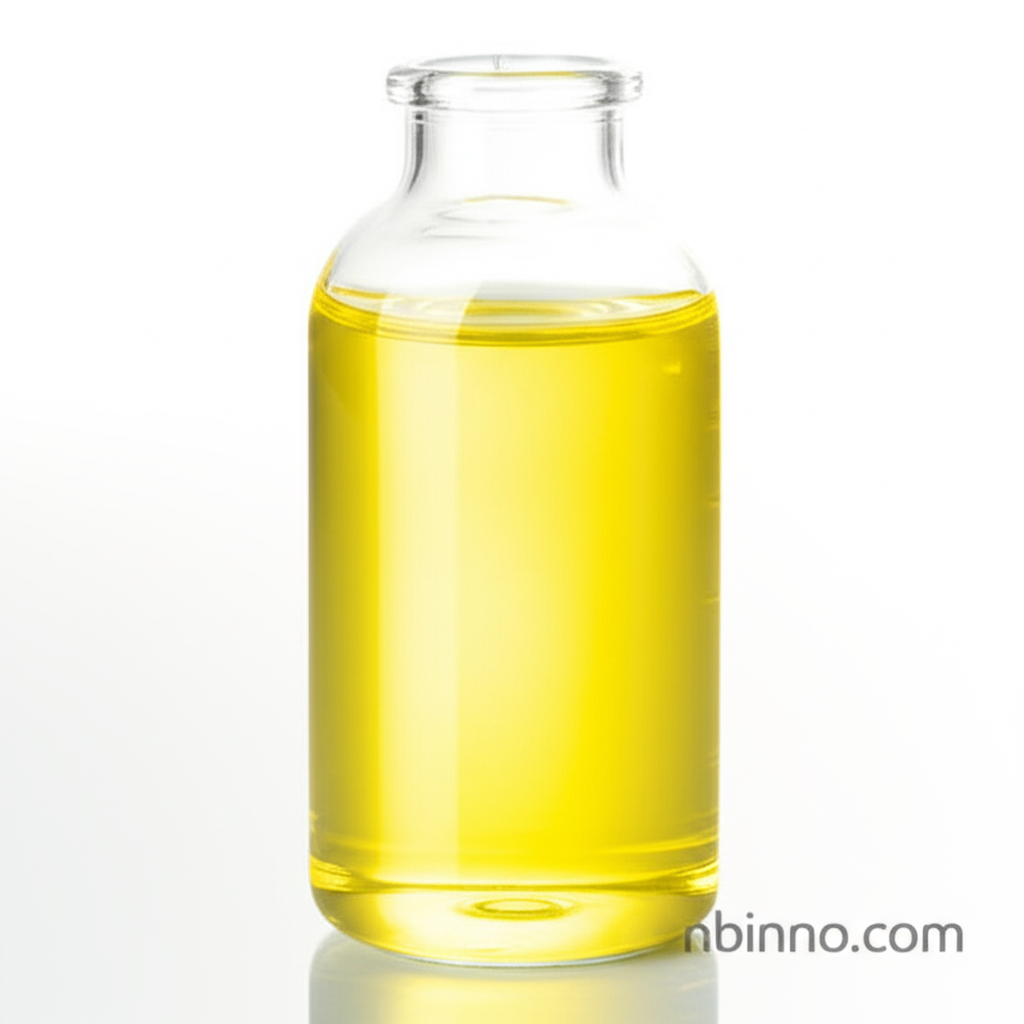Tailoring Electrolytes for Extreme Cold: The Promise of 1-Butyl-3-methylimidazolium Iodide
Discover how innovative ionic liquid formulations, like 1-butyl-3-methylimidazolium iodide with organic cosolvents, are pushing the boundaries of low-temperature electrochemical applications, enabling robust performance even in the coldest environments.
Get a Quote & SampleProduct Core Value

1-Butyl-3-methylimidazolium Iodide
As a leading supplier in China, we offer 1-butyl-3-methylimidazolium iodide, a versatile ionic liquid crucial for advanced electrochemical applications. Our product is engineered to provide exceptional performance, particularly in demanding low-temperature environments. We pride ourselves on being a reliable manufacturer in China, delivering high-quality chemicals that meet rigorous industry standards.
- Unlock superior performance in low-temperature applications by utilizing our 1-butyl-3-methylimidazolium iodide. Our formulation achieves an exceptionally low glass transition temperature of -120 °C, ensuring liquid state even in extreme cold.
- Experience enhanced fluidity and ionic conductivity at sub-zero temperatures, crucial for the effective operation of devices like MET sensors. This is achieved through careful tailoring of intermolecular interactions.
- Benefit from the chemical stability provided by our electrolyte system, designed to support steady iodide/triiodide redox reactions without interference, ensuring reliable sensing capabilities.
- Leverage our expertise as a manufacturer in China to procure high-purity 1-butyl-3-methylimidazolium iodide, essential for your cutting-edge research and development in areas such as advanced electrolyte materials.
Advantages Offered
Extreme Low-Temperature Performance
Our electrolyte system, featuring 1-butyl-3-methylimidazolium iodide, is meticulously engineered to maintain its liquid state and functional capacity at temperatures as low as -120 °C, a critical factor for exploring low-temperature electrolyte formulation.
Enhanced Ionic Conductivity
By strategically combining ionic liquids with organic cosolvents, we significantly boost ionic conductivity at sub-zero temperatures, directly contributing to the efficiency of electrochemical devices and providing valuable insights for tailored intermolecular interactions for electrolytes.
Optimized Viscosity Profile
The addition of specific organic solvents effectively reduces viscosity, ensuring better ion mobility and overall system fluidity, which is vital for achieving enhanced ionic conductivity at low temperatures and supporting our research into ionic liquid battery electrolytes.
Key Applications
Electrolyte Development
This formulation is a breakthrough in developing advanced electrolyte materials, specifically targeting applications requiring stable performance in extreme cold, such as specialized batteries and sensors.
MET Sensor Technology
The stable iodide/triiodide redox behavior makes this electrolyte ideal for Molecular Electronic Transducer (MET) sensors, enabling reliable operation in environments where conventional electrolytes would fail, directly supporting chemical intermediates for electronics.
Ionic Liquid Research
It serves as a prime example for research into ionic liquids, demonstrating how tailoring intermolecular interactions can unlock new properties and applications for these unique materials.
Energy Storage Solutions
The enhanced fluidity and conductivity at low temperatures position this electrolyte as a key component for future low-temperature energy storage solutions, advancing the field of electrochemical sensor development.
